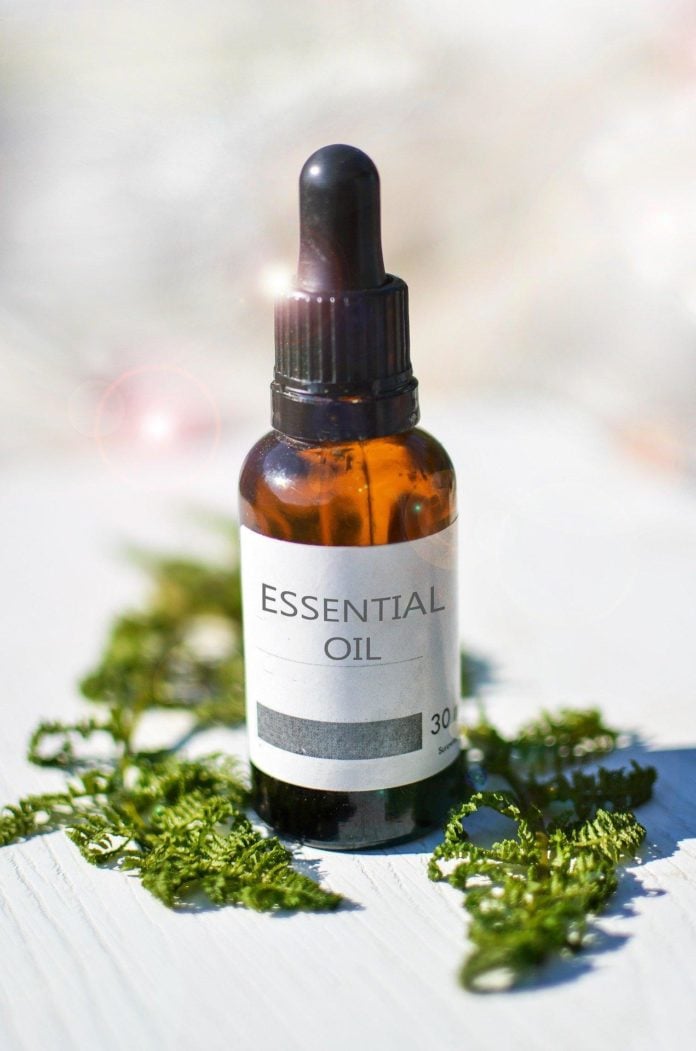For the last 10 years, the media have widely reported on the potentially allergenic properties of Essential Oils (EO). While the projects of revision of the European regulations, in particular on the chemical substances and the cosmetics, intend to revisit this subject, it is advisable to take into account the last advances of the research:
- taken as a whole, thes HE are safe
- allergic risks are poorly understood
Thus, the HE Consortium calls on regulatory authorities to reconsider their position. The current framework is no longer adapted, it disproportionately impacts a sector that is a source of jobs, know-how and agro-ecological transition.
____________
EO safety
The reality and acuteness of the allergic risk of Essential Oils is based on studies that are often contradictory and systematically statistically biased since the clinical data are maximizing with respect to the general population.
For example, a study of 62,354 patients conducted between 2009 and 2014 by the Information Network of Departments of Dermatology (IVDK) (Germany, Switzerland, Austria) and the US/Canadian North American Contact Dermatitis Group (NACDG) showed a extremely low rate of positive feedback (0,3%) for lavender EO and tea tree EO.
Thus, what is often identified as an allergy turns out to be in the vast majority of cases a simple irritation.
Allergenic risks poorly understood
In July 2021, theOECD (reference organization for the validation of toxicological tests) warns that the LLNA test produces false positives in its application to EO constituents. So that in the list of 26 allergens of mandatory labeling on cosmetic products, 5 are no longer considered allergenic according to the OECD[3] (alpha-isomethyl ionone, benzyl benzoate, citronellol, limonene, linalool).
These misjudgments often come from a confusion between the products and their oxidized versions. Today, all scientific authorities have admitted that the allergenic character of EO is mainly provided by the oxidation of the constituents of EO. The conditions ofoxidation are particular and do not occur under normal storage conditions.
In addition, some isolated components may have side effects that disappear when naturally present in a total essential oil. This is the case, for example, of citral, whose effects are not comparable if it is tested alone or in citronella essential oil, where it becomes harmless at equivalent concentrations.
HE Consortium Recommendations
- Evaluate the essential oil in its entirety, rather than making assumptions on the basis of its isolated constituents.
- Reconsidering regulations in light of the latest scienceAt the very least, remove the obligation to indicate "May cause a skin allergy" on the 5 components that are no longer considered allergenic.
- Reminder of the good practices of conservation of the EO: well closed and protected from the light.








